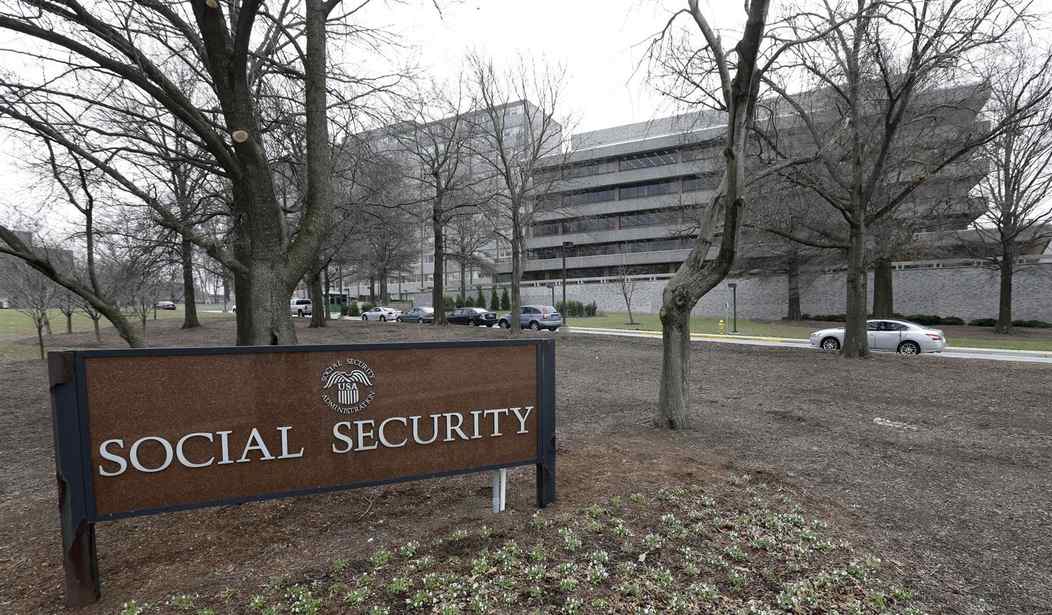Most conservatives bemoan the level of dependence on the government by the average American. Perhaps you're not aware of just how dependent most of us are.
It shocked me.
"Income from government transfers is the fastest-growing major component of Americans' personal income," according to a September report from the bipartisan Economic Innovation Group (EIG). "Nationally, Americans received $3.8 trillion in government transfers in 2022, accounting for 18 percent of all personal income in the United States. That share has more than doubled since 1970."
Put another way, in 1970, "less than 1 percent of counties in the United States received a quarter or more of personal incomes from transfers," writes J.D. Tuccille at Reason.com. That number rose to 5% by 1990, 10% in 2000, and topped 53% by 2022.
There's an old saying quoted by Tuccille: "He who takes the King's coin becomes the King's man." As a country founded on the idea of freeing ourselves from an overbearing intrusive government, what does it say about us that we're eagerly standing in line with our hands out begging for goodies?
Part of the rise in government dependence is a matter of our spectacular success in prolonging life.
"Aging is an especially important driver of the accelerated growth of the transfer share since the Great Recession," note EIG report authors Kenan Fikri, Sarah Eckhardt, and Benjamin Glasner. "In percentage point terms, the 65 and over share of the population rose as much in the 10 years from 2010 to 2020 as it did in the 50 years from 1960 to 2010." Whereas 9.8% of the population was 65 and over in 1970, seniors made up 17.3% of the population as of 2022.
As a result, the largest category of transfer payments is Social Security, followed by Medicare. But economic downturns continue to fuel growth in government payments, subject to a ratchet effect that sees expenditures rise but never fully roll back.
"Total transfer income has emerged permanently higher from each recession since at least the 1970s," note the authors. "The resulting stair-step pattern suggests that each downturn leaves a legacy of expanded safety net programs and participation in its wake."
After Social Security and Medicare, the third largest source of transfer payments is Medicaid. Those payments got supercharged under Obamacare and then soared during the pandemic when the federal government promised to expand "Medicaid coverage to nearly all adults with incomes up to 138% of the Federal Poverty Level ($20,783 for an individual in 2024) and provided states with an enhanced federal matching rate (FMAP) for their expansion populations," according to Kaiser. In effect, Washington was paying the states to beat the bushes for Medicaid customers.
The politics of government dependency are scary.
More to the point, Americans' growing reliance on payments from the government has pushed the transformation of American politics. Where once Democrats promised greater largesse and Republicans talked of a smaller, leaner state, now both major parties increasingly compete on visions of government that does things for people rather than getting out of the way of people doing for themselves. While they still constitute a minority, those dependent on the state are a growing proportion of the population and are receptive to politicians and programs that promise to keep the money flowing.
In the next 15 years, Social Security and Medicare will become insolvent. There will likely be attempts to forestall the crisis by raising Social Security taxes and/or cutting Medicare payments to doctors and hospitals. It's a bandaid on a gaping wound. Eventually, a reckoning will arrive and all those dependent on the government for their survival will discover what conservatives have been railing about all these years.










Join the conversation as a VIP Member